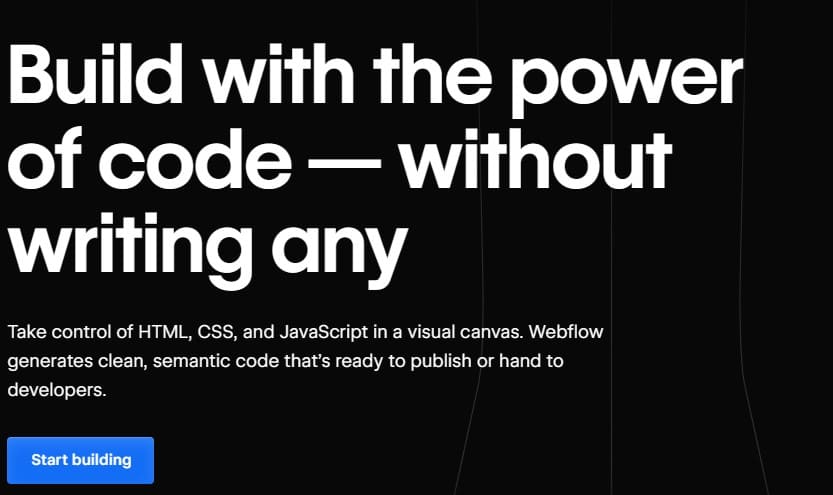Tools for Modern Designers
Essential Web Design Tools for Modern Designers
Web design is an art form that shapes the digital world, influencing user interactions and experiences on the internet. This craft focuses on the aesthetics and functionality of websites, primarily managed by web designers who turn concepts into responsive, interactive web pages.
The impact of web design on website credibility cannot be overstated. Statistics show that 75% of a website’s credibility stems from its design, and 89% of users will switch to a competitor if the user experience is lacking. This underscores the importance of robust, visually appealing designs for a website’s success.
There’s a plethora of tools available to aid web designers, including:
- No-code website builders.
- Integrated design tools with code editors and visual design software.
- Prototype creation tools.
This guide explores the top tools for efficient website and prototype design:
1- Wix
A user-friendly, no-code website builder, Wix boasts drag-and-drop functionality and integrated performance tracking tools. It’s ideal for beginners looking to create community-oriented websites.
2- Squarespace:
Known for its stunning templates, Squarespace caters to e-commerce needs with features like customer accounts, inventory management, and access control for collaborators. It offers a two-week free trial.
3- Shopify
A platform for digital storefronts, offering SSL certification, domain purchase, and comprehensive marketing tools. Shopify also supports analytics for informed decision-making and offers a two-week trial.
4- WordPress:
The most popular CMS, allowing easy integration of various media types and offering a vast array of plugins. Ideal for blogging sites, WordPress does involve some associated costs despite being open-source.
5- Webflow
A coding-free design tool offering a comprehensive CMS and hosting services. It’s perfect for those transitioning from platforms like Squarespace or Wix and allows custom code additions.
6- Adobe Dreamweaver
A real-time coding engine with template options, GitHub support, and compatibility with Adobe products. It offers a 30-day trial and a package including the Adobe Creative Suite.
7- Canva
Popular for creating website visuals with customizable templates and drag-and-drop functionality. It offers a free basic version and a premium subscription.
Conclusion
Post-development, it’s crucial to test the website’s functionality, ensuring cross-browser compatibility and responsiveness. Tools like BrowserStack offer extensive testing options across a range of devices and browsers.







